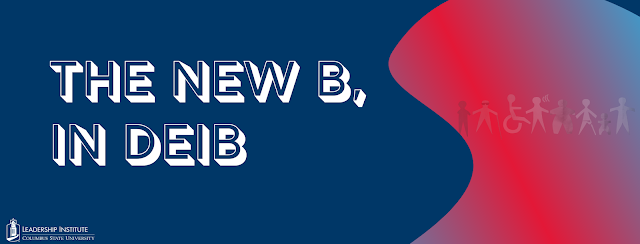Who is the person in the mirror?

As 2022 nears its end, take a moment to ask yourself: how will you prepare for a new year? Have you paused to reflect on your performance and how you show up to others? Traditionally, we define self-awareness as knowing what you are good at and not good at with a willingness to grow [i] . It is an acknowledgment that your self-perception may not align with how others perceive you. How can you become more self-aware? Frequently asking others for feedback or utilizing tools such as 360s can create a picture of others’ perceptions. Ask yourself, “Does this feedback show the leader I aspire to be? If not, what do I do to change?” This learning mindset requires a change in behavior and action. Awareness requires communication and accountability. Self-awareness is both awareness of self and your impact on others. Here are three strategies to move toward the improvement of self-awareness [i] . Step out of your comfort zone Anything out of your comfort is an
.png)




